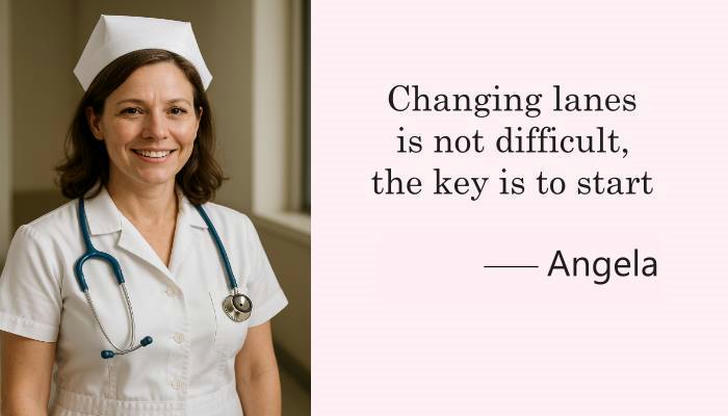No Experience? A Government-Supported LPN Program Can Help You Launch a New Career!
Want to change jobs but afraid of investing too much? LPN programs are flexible, quick to get a job, and the government can help you reduce the tuition pressure. No wonder 80% of job changers choose it!

📘 What is the LPN (Licensed Practical Nurse) Program?
An LPN course is a short-term, beginner-friendly program that teaches core clinical skills and prepares students for licensure in 12–18 months.
Typical learning content includes:
Fundamental nursing and patient care skills
Clinical procedures and medication management
Basics of anatomy and pathology
Communication skills and psychological support for patients
✅ Five Major Benefits of Choosing the LPN Program
1. Low Entry Barrier—Ideal for Beginners
Designed for those with no prior medical experience and for anyone wanting a stable career change.
2. Short Duration—Fast Track to Employment
Most programs finish within 12–18 months, equipping graduates to sit for licensure exams and start working.
3. Flexible Course Schedules
Offers full-time, part-time, and evening classes, making it convenient for working adults.
4. Government-Funded—Reduce Financial Burden
Over 90% of students receive funding through programs like FAFSA, state grants, and the Workforce Innovation and Opportunity Act (WIOA).
5. High Demand and Clear Growth Path
LPN jobs are projected to grow 3% in the next decade, with strong demand in many states. Starting pay is $22–28/hour, and experienced LPNs can earn $60,000+ with advancement potential.
👤 Who Is the LPN Program Suitable For?
Regardless of age or background, LPN programs offer a structured path for different life stages:
🔹 18–25 Years Old: New Graduates Seeking Practical Skills
LPN provides a practical gateway into healthcare with short-term investment and clear returns.
🔹 26–40 Years Old: Career Changers and Skill Enhancers
The LPN course supports part-time study and is very suitable for those who are studying on the job or changing careers.
🔹 41–55 Years Old: Re-entering the Workforce or Planning for the Future
Mature students tend to be more approachable and responsible in nursing positions.
🔹 55+ Years Old: Delaying Retirement or Seeking Meaningful Work
Want to stay socially engaged and work in a rewarding field.
💰 Common Institutions That Provide Funding for LPN Training
1. FAFSA (Federal Student Aid Application)
Most LPN programs can qualify for Pell Grants or federal aid through the FAFSA
2. WIOA (Workforce Innovation and Opportunity Act)
Support low-income people, unemployed people, single parents, veterans, etc.
3. State Grants
Provided by state education or workforce agencies
Includes programs like Cal Grant (CA), TAP (NY), TPEG (TX), etc.
4. School-Based Scholarships and Funds
Community colleges often offer dedicated support for nursing students
Mesa Community College, GateWay Community College, and others may offer specific awards
👩⚕️ Real-Life Example: Angela's Transformation
Angela, age 35, worked in the restaurant industry for over a decade with no medical background. On a hospital visit to her mother, she was inspired by the professionalism of the nurses and decided it was time for a change. She applied for WIOA funding and enrolled in the LPN program at Mesa Community College in Arizona. Working part-time while attending evening classes, she earned her LPN license in just 18 months.
💵 Initial Pay: $28/hour at a long-term care facility
🏥 Two years later: Landed a position in a major hospital’s emergency department, earning over $60,000 annually
🚀 Future Goal: Enroll in an RN program, aiming for a salary upwards of $80,000–$100,000
“I never thought I could trade my apron for a nurse’s uniform.”

📋 How to Apply
1.Choose a local LPN program—such as Mesa, Phoenix College, or GateWay Community College
2.Explore funding options and eligibility
3.Prepare documentation—ID, residency, transcripts, and FAFSA paperwork
4.Submit your application and financial aid forms
5.Apply for additional funding—WIOA, scholarships, employer-sponsored options
Learn local LPN program options and explore eligibility for government support. Your own “transformation story” can start today—take the first step toward a rewarding nursing career!
